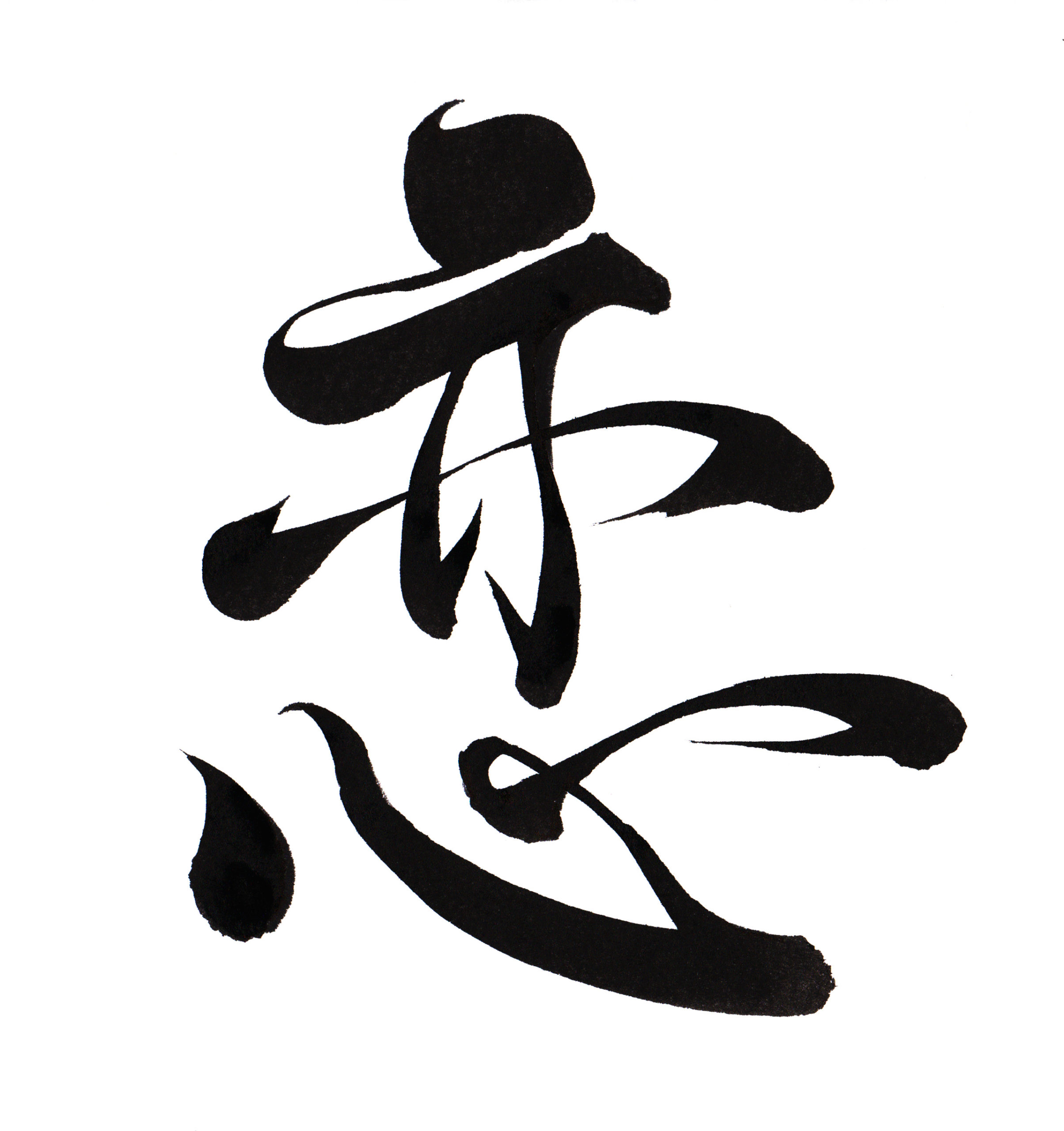Last week I looked at the many different styles of calligraphy in the western world. This week I looked at calligraphy from around the world. And what a journey that was! Especially when hassle-free international travel still remains dishearteningly out of reach. But I can always count on art to help me understand and learn more about different countries and cultures. No plane ticket required.
As you may recall, there are four main types of calligraphy: Western, East Asian, South Asian, and Islamic. With western calligraphy covered, I started this week in east Asia. My first stop was China, where I learned that calligraphy is considered to be one of the highest art forms in the country. Centuries ago, China’s elite classes were primarily scholar-officials who often came to their positions through their command of the written word. When it comes to calligraphy, the complexity of Chinese symbols offers artists almost unlimited possibilities for artistic expression.
Chinese calligraphy eventually spread to Korea in the 4th century and Japan in the 6th century. Initially, both countries used Chinese symbols in their writing and calligraphy, but eventually they both developed their own unique writing systems. One of my favourite discoveries of this week was this video showing Korean calligrapher Lee Hong-Jae. He is a Ta-Muk performance artist who creates large scale calligraphic works. I loved listening to him describe his creation process. Not to mention the reverence he has for his art.
In Japan, calligraphy is called shodō, literally translated as ‘way of writing’. Shodō is one of the most well known and widely practiced art forms in Japan. It is believed that the key to true calligraphy is to bring the mind and soul into the letters and to write with your heart. There are three main styles of shodō, starting with the basic block font called kaisho. Once you have mastered this standard style, you can advance to gyosho (semi-italic) and sosho (abstract) calligraphy styles.
Indian calligraphy dates all the way back to the 2nd century, although the practice really took off in the 5th century due to the influence of traders from throughout central and southeast Asia. There have been numerous regional styles of Indian calligraphy throughout the centuries, and the art form has often united communities around a shared heritage.
Finally, Islamic calligraphy is an umbrella term for calligraphy that is based on the alphabet of countries sharing Islamic heritage, including Arabic, Ottoman, and Persian calligraphy. This is actually what I loved most about Islamic calligraphy. The wide range in styles. While there are two primary styles, Kufic and Naskh, there are so many variations within each style, it was extraordinary. And each one is just as beautiful as the last.
However, what stuck out the most as I discovered calligraphy from around the world was the commonalities they all shared. Calligraphy is a highly regarded and respected art form in all of these countries, and this reverence often has to do with calligraphy’s connection with religion. In Islam, calligraphy is closely associated with the Qur’an. For example, I learned that in Islam, the first thing God created was a pen. In India, calligraphy has been closely associated with Sikhism since the 16th century, as the Sikh holy book, Guru Granth Sahib, is traditionally handwritten. And in Japan, calligraphy is closely associated with Zen Buddhism, and it is seen as the path to enlightenment.
It’s truly amazing how much I was able to pack in this week, and I thoroughly enjoyed learning about calligraphy from around the world. Looking ahead, I only have one week left for this topic, so I’m going to use it to explore more contemporary calligraphy movements. Specifically, I want to learn more about modern artists and how their work is influencing other artistic mediums. I can’t wait!
See you next Sunday!
Suggestions for artists I should check out? Please contact me with your ideas. I hope you enjoyed your daily helping of art!



